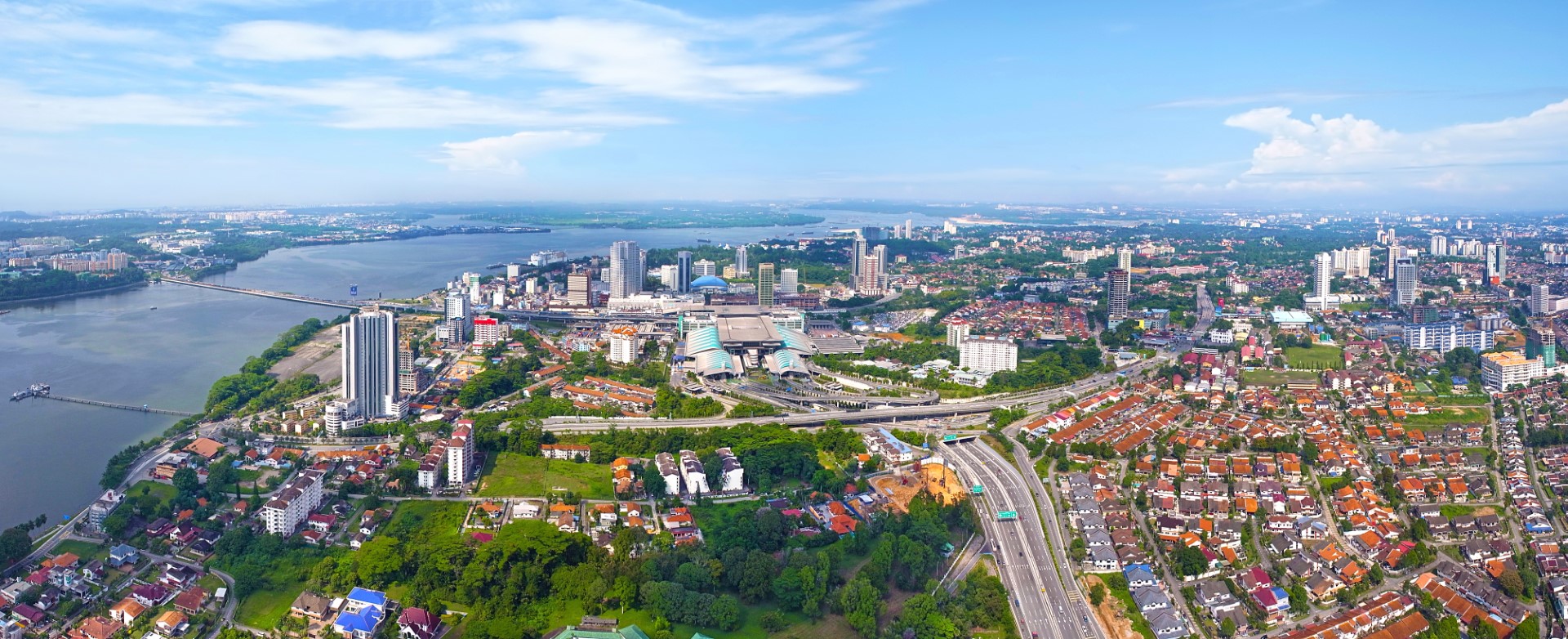With more and more of travel being taken over by social media, it can be both refreshing and rewarding to get back to basics and explore a city’s heritage with just a guidebook and a good pair of shoes.
These days, most of our inspiration for travel and guidance on what to see and do is derived – for better or worse – from social media. Instagram has been so successful for some that the most popular postings have become essential travel sights to experience while on holiday. In places like Trolltunga (‘troll’s tongue’) in Norway, the Yick Cheong Building in Hong Kong, and Hanoi’s ‘Train Street’, tourists actually queue to immortalise their visit with a selfie, much to the annoyance of the locals, whose own enjoyment is usually pushed to the side.
In days gone by, guidebooks assisted many of us in our travels. They were full of tips from travel experts who had been to these places before, and they proved most useful in directing many of us to places that also became famous to regular guidebook users.
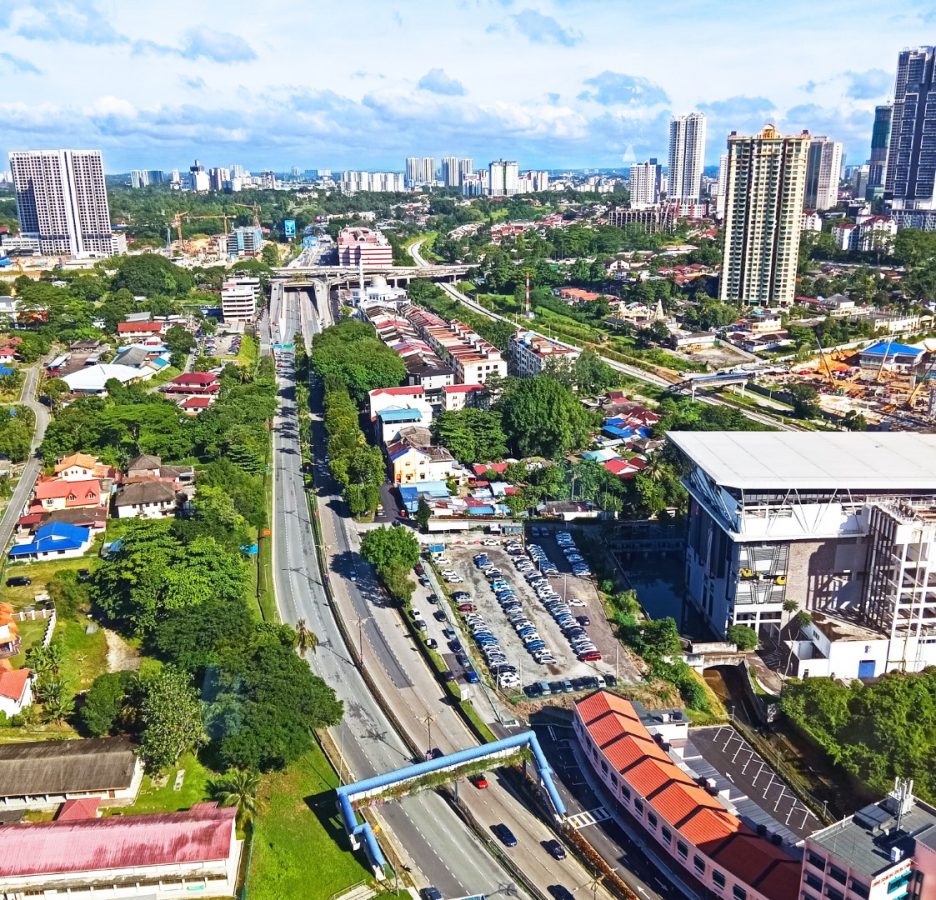
Perhaps lost in the heritage celebration shared by George Town and Melaka, Malaysia’s southern gateway certainly has a rich history all its own, and it’s a place ripe for the very sort of discovery that a guidebook (or a helpful conversation) and a good pair of shoes can lead to.
Recently, while on a short holiday in Johor Bahru, I decided to just that… and started with something that would be novel to most young people, but quite familiar to the older generation: I asked the concierge for some advice. Yes, I know… radical, but I believe we have to live dangerously every so often.
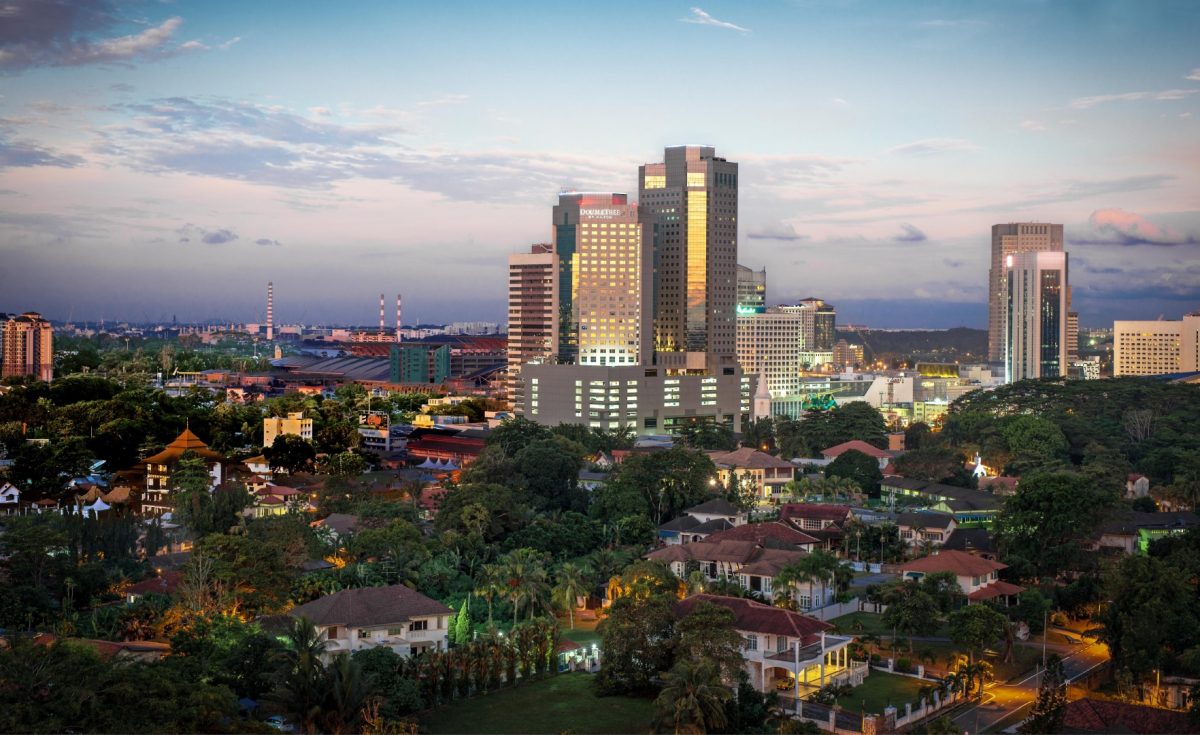
CONCIERGE TIPS
The DoubleTree by Hilton Johor Bahru is located near the city centre and close to the CIQ (Customs, Immigration, and Quarantine) checkpoint for travel into Singapore. While relaxing by the hotel pool on the 13th floor, I was able to take in some of the downtown sights from the elevated view.
While the pool was most refreshing, it was the book that I was reading that made the experience more enjoyable. I am unclear how My Johor Stories 2 by Peggy Loh, and published by MPH Publishing (2018), came into my possession. It and Loh’s first book, My Johor Stories, made fascinating reading about the author’s life growing up and living in Johor. Many stories were based on her articles published in the New Straits Times over several decades. Both books seemed to be the perfect companions on my trip to Johor Bahru. Loh refers to the city as Johor Baru, but as I didn’t see that reference anywhere else, I decided to stick with the Johor Bahru spelling, or, as the locals call it, JB.
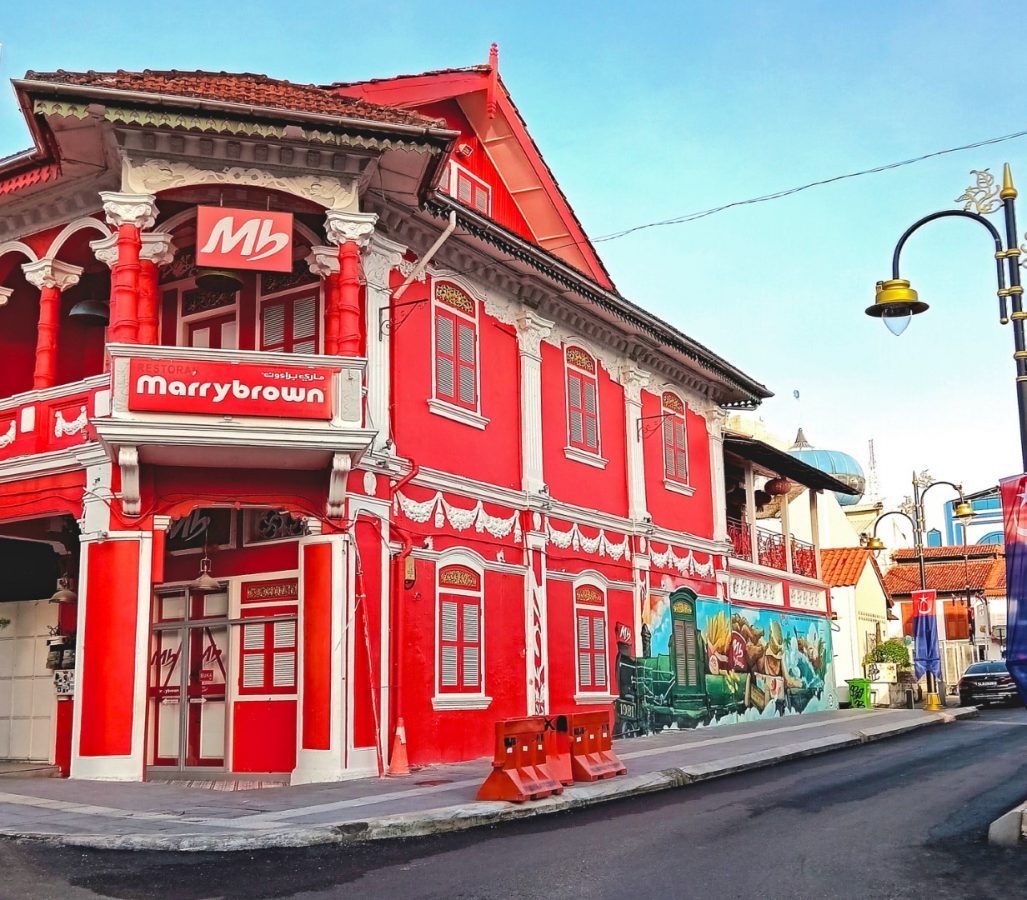
What I read appeared interesting, so I sought some specific information from the concierge on exploring the district. He suggested I arise early and walk 15 minutes southward to near the Johor coastline and the historic precinct of old JB.
The post-dawn traffic along Jalan Trus leading from the DoubleTree to the heritage zone was basically non-existent, and it was refreshing to enjoy the cool air and take in the city awakening from its evening slumber. There was some activity at places of worship such as the Johor Ancient Temple (a Taoist temple), Gurdwara Sahib (Sikh), and JB Mariamman (Hindu).
BAKED AND DELIVERED
My destination was the city centre just near the Malaysian end of the causeway to Singapore. Here, Jalan Tan Hiok Nee and the parallel Jalan Dhoby are home to numerous traditional Chinese two-storey shophouses.
This was not my first visit to the area, but my first was some time ago, and my memory of it, was a little hazy. I recollect a famous bakery and a few new hipster coffee outlets, and it was the aromas of both that indicated I was heading in the right direction.
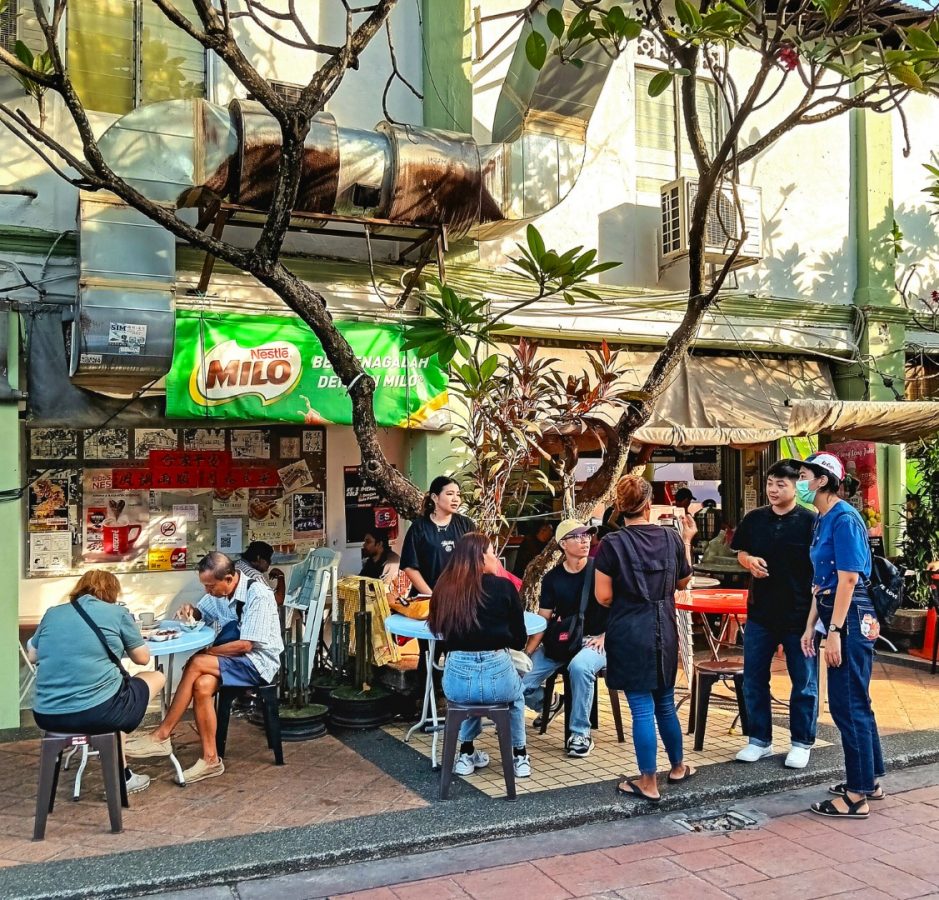
The essential stop is No. 13 along Jalan Tan Hiok Nee, where the legendary Hiap Joo Bakery and Biscuit Factory has been producing tempting baked items since 1919. It only serves items for takeout, but there are other coffeeshopsnearby where, I guess, you could discreetly devour the buns and banana cake purchased from Hiap Joo Bakery – probably.
Hiap Joo Bakery stands out because it is just over 100 years old, and while it was not started by the Lim Family, it has been in their hands for three generations. Their secret is the wood-fired oven, which adds a delicate hint of smokiness to the handmade buns and cakes made here.
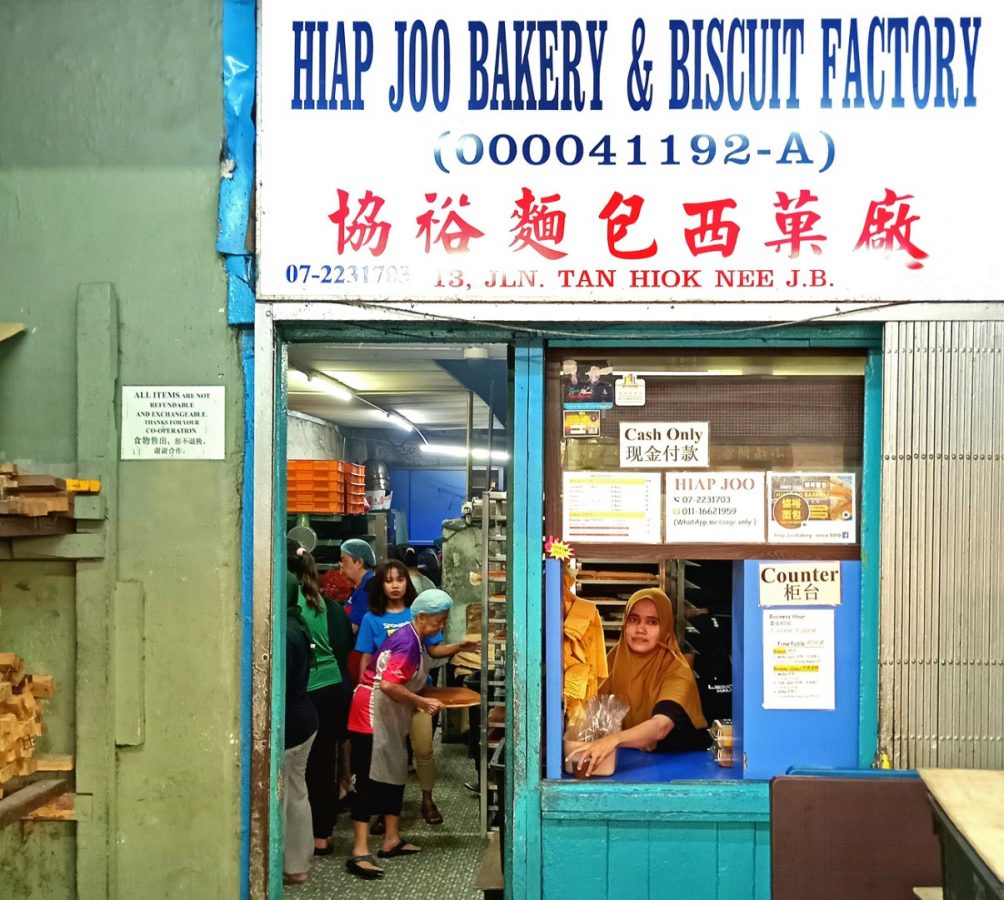
When I first visited, the staff were obliging in allowing me to watch the preparation and baking and even to answer a few questions. On my last visit, it was a busier time with banana cake preparation well underway and little time for idle chatter. I kept my distance and was able to watch the feverish activity as cakes were being placed in the oven, surrounded by blackened walls that would not have looked out of place in a coal mine.
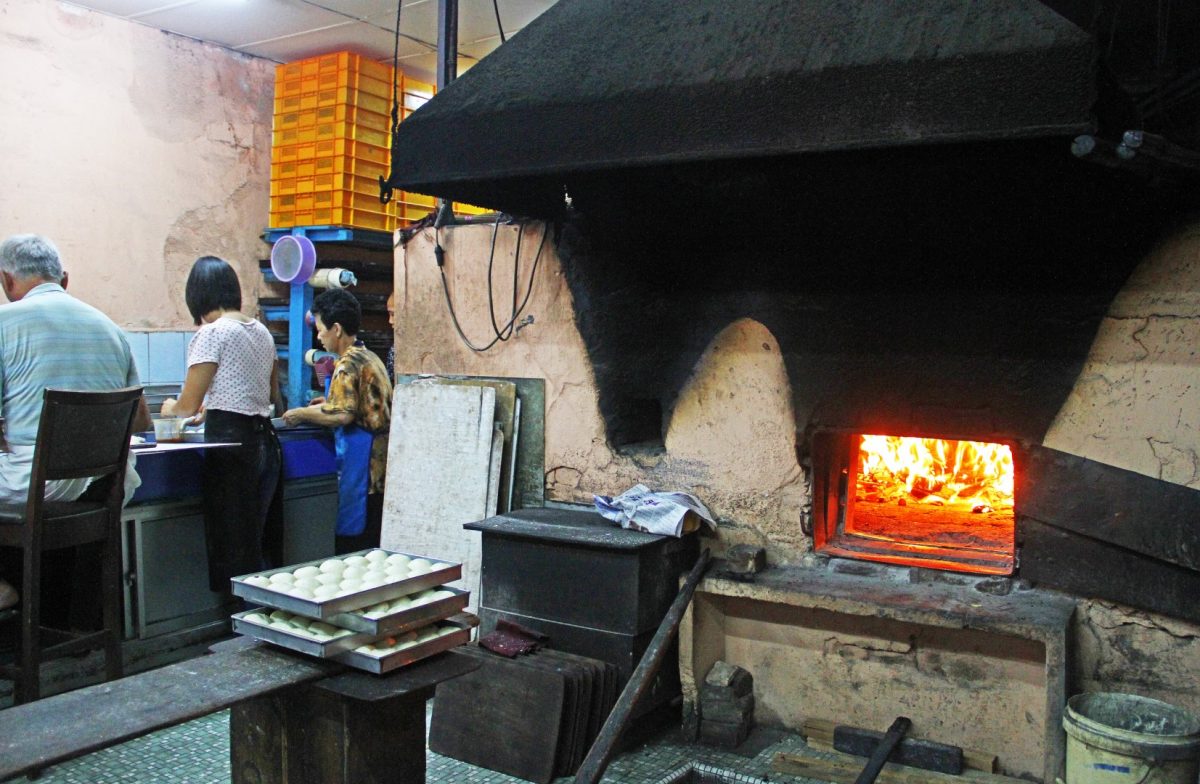
The selection was limited as it was still early in the morning, but I was told the moist banana cake and the coconut buns were legendary. Furthermore, regulars often did drive-by shopping, stopping briefly in the one-way street and calling out their order to the ever-diligent staff. The coconut buns, for example, would not be ready until about lunchtime. For some unknown reason, a few cakes are only baked on Thursday, but the outlet is open every day from 7 am to 6 pm, except Sunday, when it is only open in the morning. The bakery and adjoining properties are worth exploring as they offer a window into JB’s colourful past.
BEYOND THE BAKERY
Some other places to investigate here are Kin Wah (or Hua) Restaurant on the corner opposite the bakery. It is a traditional Chinese coffeeshop where dishes such as kuay tiaw soup ayam, various kueh, and nasi ayam kampung. Next door is the mysteriously named Birth Saloon. Kopiloc serves standards like nasi lemak, laksa, cendol, and otak-otak. Adjacent to Hiap Joo is Dõna Bakehouse, serving contemporary patisserie items.
Roast & Coffee is another option, while the carpark cum container outlet includes Chaiwalla & Co Container Café. At the end of the street is a real ‘hole-in-the-wall’ coffeeshop called Kedai Kopi Xuu Yau. The attention-seeking red and white heritage building on the corner is now a fast food outlet (pictured above), while Tapu, on the opposite side, is a small outlet dedicated to egg tarts.
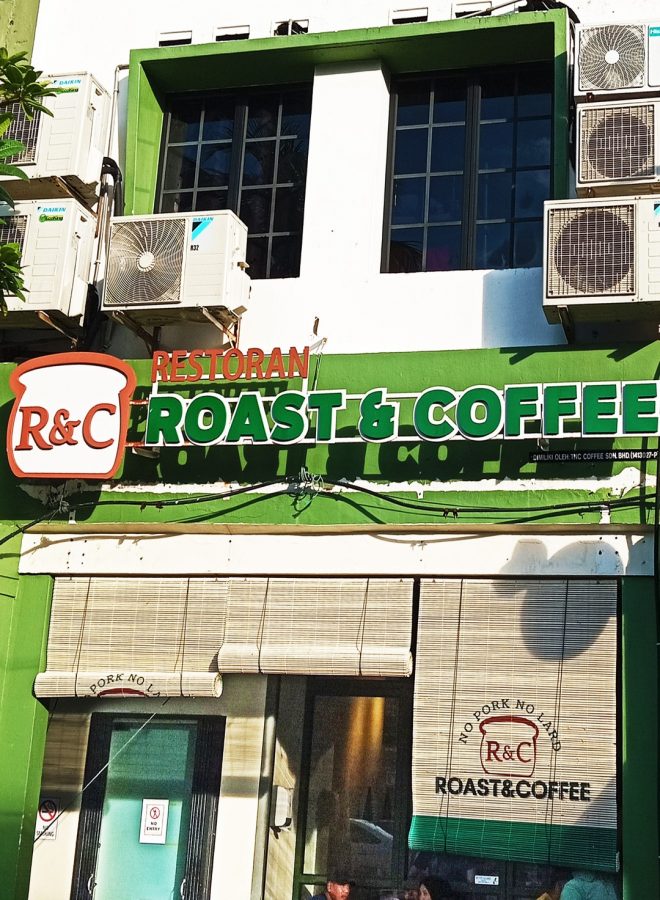
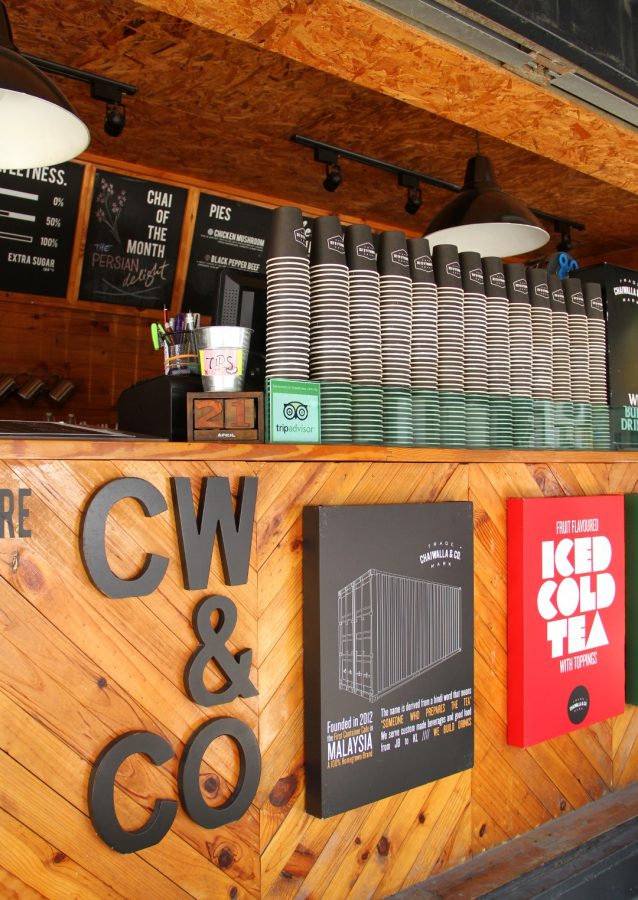
Time did not permit, but I was further fascinated by some of the other outlets, like Amphawa Boat Noodles. (Boat noodles, I thought… what could that be?) Nearby, the Johor Bahru Chinese Heritage Museum was closed, but I peered through the glass doors on this restored building, and it was brimming with interesting things that looked like they warranted closer inspection on my next visit.
I was also able to find out more about the man whom the street I was on was named after. Tan Hiok Nee was born into a Teochew family in China in 1827 and moved to Singapore as a young man. He worked in the textile industry and moved to Johor in 1853 to cultivate pepper and gambier (extracted from the plant Uncaria gambir and used to tan brown leather). He soon became the wealthiest and most influential Chinese person in Johor.
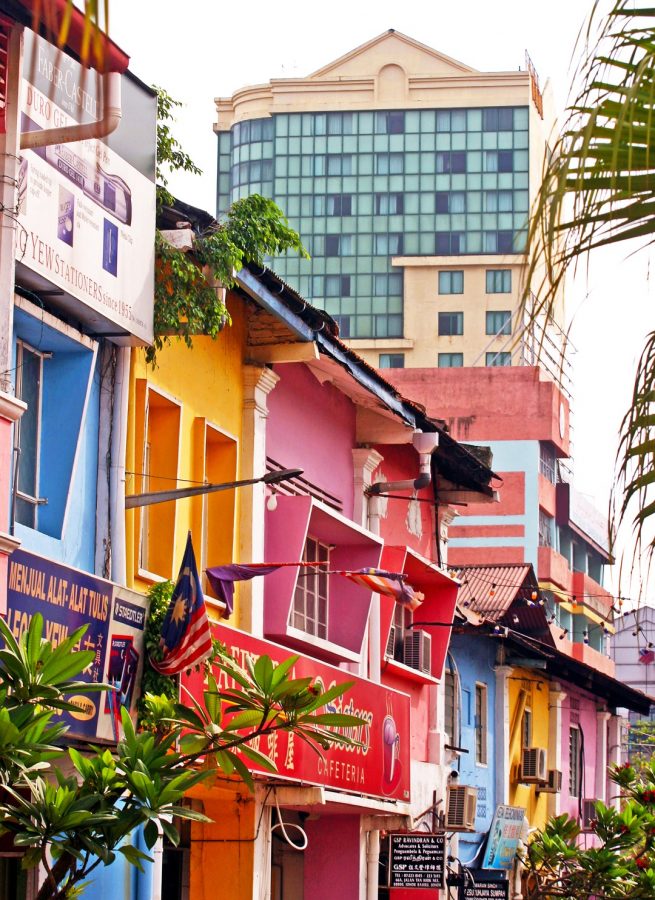
The coastal view from near the heritage zone over the straits and into Singapore is an added bonus for those who visit here. The city had changed since my last visit of some five years ago. Large condominium blocks towered along the Straits of Johor, and I wondered who owned all this real estate. Jalan Tan Hiok Nee was being absorbed into modern JB, with a whole block of shoplots having been demolished to make way for the Quayside, which will include an Oakwood Hotel.
It was still early by this time, and as tempted as I was, the extensive breakfast buffet was waiting back at the DoubleTree, so I retraced my steps along and past streets that were getting ever busier with morning traffic. I admired alleyways lined with street art and congratulated myself for rising early and making the effort to dip my toe into Johor Bahru’s past. I was eager to return to Peggy Loh’s book to delve deeper into the city’s history. Johor Bahru is a city worth exploring, or to use as a base to travel throughout the state or even into neighbouring Singapore, especially for those travelling on a budget. The city’s accommodation options are good and cheaper than in Singapore. It goes without saying that the food in Johor Bahru is excellent, and the range of shopping outlets is extensive. However, those who travel to appreciate a destination’s culture and history, may be pleasantly surprised by Johor Bahru’s offerings.
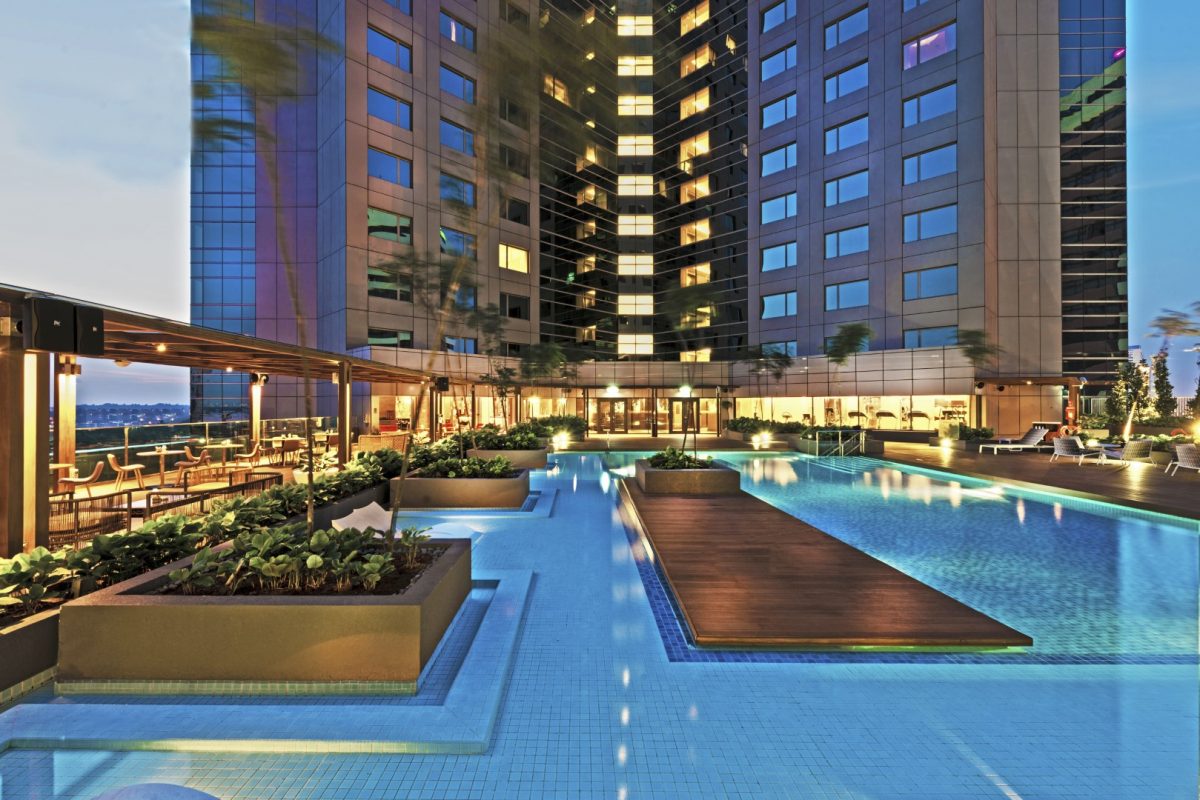
"ExpatGo welcomes and encourages comments, input, and divergent opinions. However, we kindly request that you use suitable language in your comments, and refrain from any sort of personal attack, hate speech, or disparaging rhetoric. Comments not in line with this are subject to removal from the site. "


